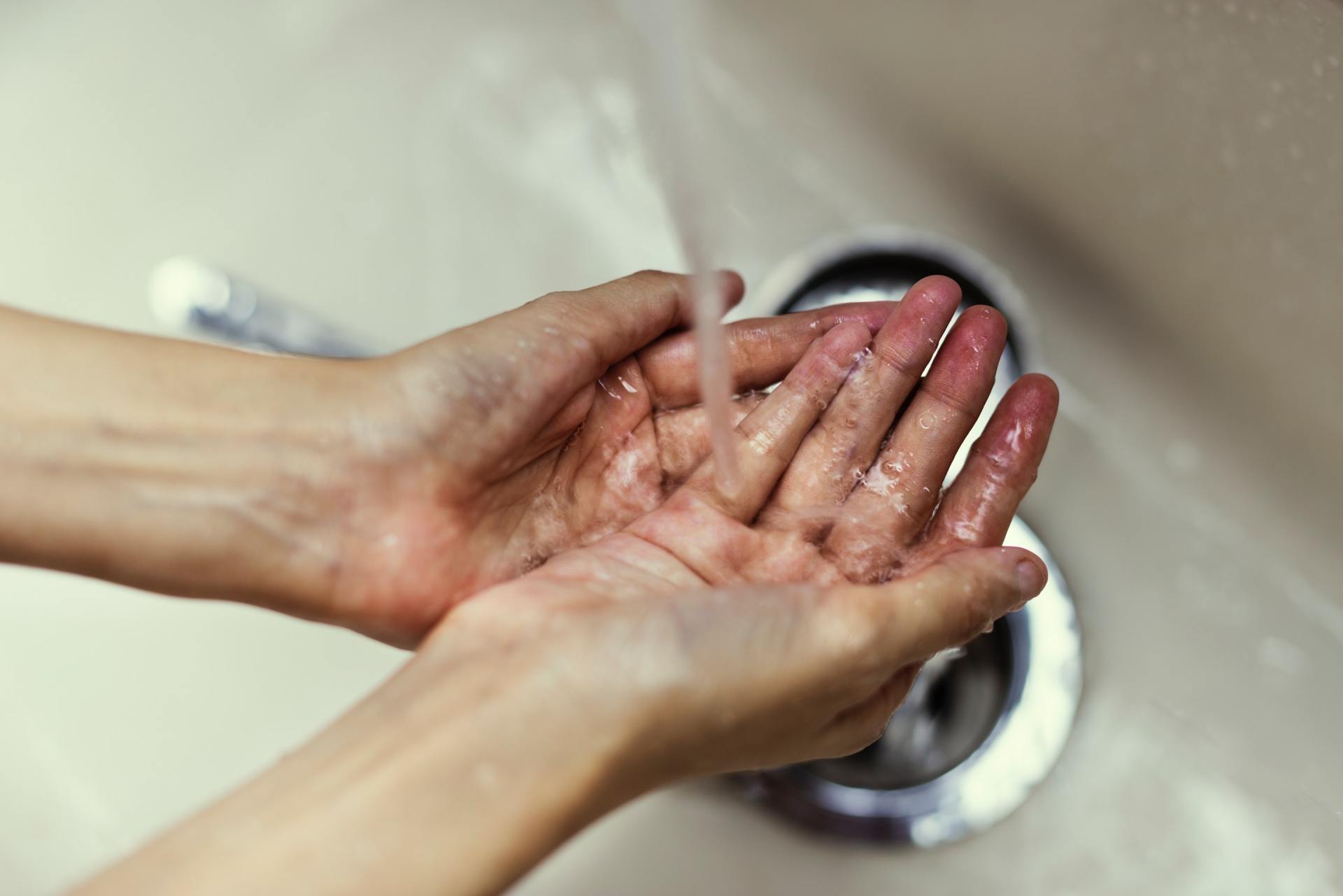Safer Disinfectants
About Cleaning for Health
Informed Green Solutions’ Cleaning for Health project aims to protect custodial workers, building occupants and the environment from the adverse impacts of cleaning chemicals by identifying toxic substances of concern and promoting the use of safer products and practices.
Cleaning for Health (green cleaning) is a practice that addresses toxic substances contained in cleaning products. The chemicals contained in traditional cleaning products can cause a range of health effects. Current research has found links between these ingredients and birth defects, asthma, respiratory disease, neurological disorders and other health impacts.
The chemicals contained in cleaning products are particularly worrisome because their use exposes custodial staff, children and other building occupants to these chemicals. (With other products, exposure to the toxic substances occurs primarily if the product is misused; with cleaners, some level of exposure is nearly unavoidable.)
A Cleaning for Health (CfH) program identifies readily-available products that substitute green chemistry alternatives for more toxic traditional ingredients. Green cleaning also requires a change in cleaning practices and equipment. The following Report and Fact Sheets will help you better understand why CfH is important and how to implement a program in your facility.
Cleaning for Health in Schools
Guides and Fact Sheets:
- Asthmagens in Institutional Cleaning Products
- Cleaning Best Practices
- Cleaning for Health - Frequently Asked Questions
- Cleaning for Health Components Checklist
- Cleaning for Healthier Schools and Infection Control
- Cleaning for Home Health
- Environmental Health Threats to Children: A Look at the Facts
- Implementing an Environmentally Preferable Cleaning Program
- Restroom and Urinal Deodorizer Blocks
- Studies of Health Impacts Associated With Cleaning Products
Potential Benefits of Green Cleaning Products and Programs
From the New York State Green Cleaning Website:
Health & Well Being:
- Reduces exposure to toxic chemicals
- May reduce incidence of asthma attacks caused by dust and chemical allergens
- Improves indoor air quality by reducing airborne dust and chemical gases
Community:
- Provides a sense of community among facility stakeholders
- Provides recognition of the efforts of the custodial staff as well as other stakeholders
- Encourages the facility occupants to play a role in the success of the program and increases the sense of facility ownership by all stakeholders
Cleaning Efficiency:
- Reduces amount of dirt/soil entering the building by using appropriately sized walk off mats
- Improves training on cleaning procedures, which increases efficiency
- Improves cleaning processes and systems
- Promotes increased productivity and learning
- Reduces frequency of labor-intensive tasks like refinishing floors by using less intensive cleaning and maintenance activities more often
Environmental and Sustainable:
- Lowers environmental impact/footprint of the facility
- Augments other environmental efforts such as improving indoor air quality, reducing energy usage, and recycling
Financial:
- Reduces chemical consumption and the number of cleaning chemicals needed
- Reduces injuries to custodial staff and Worker's Compensation Claims
- Promotes a healthier environment
- Promotes better inventory management of chemicals and equipment, resulting in more efficient and better-planned procurement of goods
Safety:
- Improves training programs by stressing safety
- Provides/recommends safer handling of chemicals using automatic dilution dispensers
- Improves control of chemical inventory and storage locations
- Improves maintenance of powered cleaning equipment




